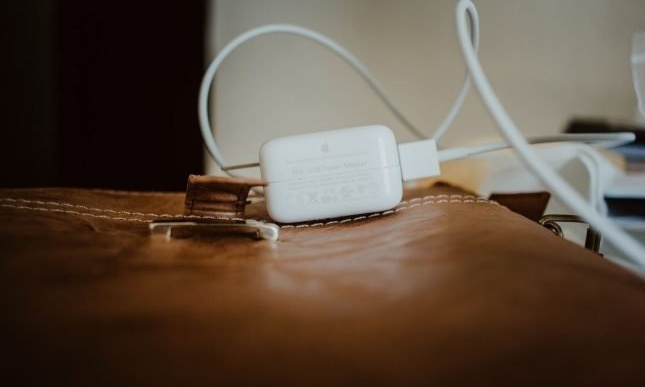Take it out immediately: why you should not leave charging in the outlet

Despite the fact that various mobile devices and charging for them have penetrated our daily lives for a long time, there are still many myths around their work. Many, for example, do not know why the charger should be removed from the outlet after use.
Why you can not keep charging in the outlet
The first reason we will consider is energy consumption. It is her most often cited as an argument against the "storage" of the charger in the outlet. The fact is that the vast majority of modern power supplies are pulse-type designs. And they consume electricity even when there is no load, that is, even at a time when the smartphone is disconnected from charging. Therefore, this argument may be of interest, perhaps, only to the defenders of natural resources and extremely economical citizens.
Another minor reason is a decrease in the resource of the power supply itself. Indeed, during the “idle” connection to the network, the charger consumes (although not fully) its resource. But this is not as scary as it might seem. According to the manufacturers, the chargers are designed for 50-100 thousand hours of operation. In years it is a minimum of 6 years. But after all, most users change charging much more often. So this argument is also not very convincing.

Despite the fact that the chargers really consume a resource when connected to the network without a smartphone, this does not greatly affect their real life
A much more serious motive for pulling the charge out of the outlet is the risk of fire. Capacitors are installed in the power supply that protect the device from overheating and subsequent fire, which can happen due to power surges. But cheap chargers have low quality capacitors, and with a significant jump they can fail. A penny power supply in this case can not only get very hot, but also catch fire or even explode. For expensive chargers, the risk is also not zero, although it is significantly reduced.
The better and newer the wiring in your house, the lower the likelihood of power surges, which cause such dangerous situations. Note that a sharp increase in voltage will have a bad effect on all devices connected to the network at this moment, not only on charges.
If a smartphone is also connected to charging at the time of the jump, then it is likely that it will fail. Applying high voltage current can damage internal electronics and damage other parts. Repairing the phone after this will be extremely difficult (if at all possible). Most likely, it will be easier for you to go for a new smartphone.
And the last (but not least) reason to pull the charge out of the wall outlet is small children and pets. These active researchers may be seriously interested in dangling cords and even try them by little tooth. At the output, most charges give out not so much voltage - only 5 V.It is impossible to kill a person or even a cat in such a way, but under a certain (unsuccessful) set of circumstances, this voltage can jump up for a second or two. This will be enough for a serious injury or even a tragic outcome. Again, the risk of serious damage from a cheap charger is much higher than from a high-quality branded one. But we strongly discourage testing this in practice. It’s easier to unplug the charger and sleep peacefully.
Even if you are not ready to change your habit and plan to leave the charger in the outlet, try to accustom yourself to pull it out at least for the time of your absence. After all, while you are not at home, unfortunate stars may converge - a power surge will occur, the charger will fail and light up, and there is not far from a real fire.



